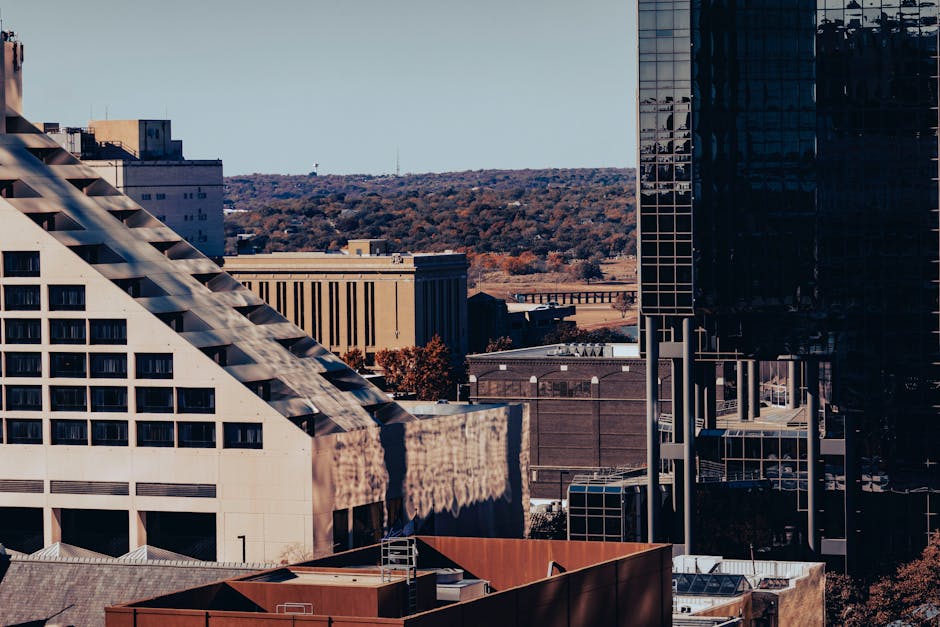
Imagine a world where every brick, wire, and beam in a building must meet stringent standards to ensure safety and compliance. Welcome to the intricate realm of building code inspections. In Texas, where construction and innovation thrive, understanding the nuances of these inspections is crucial for architects, contractors, and property owners alike. Let’s delve into the essential elements that make up the backbone of building code inspections in the Lone Star State.
Understanding the Importance of Building Code Inspections
Building code inspections serve as the vigilant gatekeepers of structural integrity and safety in Texas. The primary goal is to enforce regulations that safeguard occupants and the public against potential hazards. From ensuring proper ventilation systems to fire-resistant materials, these inspections leave no stone unturned in upholding construction quality.
Moreover, building code inspections are instrumental in maintaining uniformity and compliance with state laws. By adhering to these standards, builders contribute to the overall resilience of infrastructure and foster sustainable development practices. The meticulous attention to detail in inspections lays the groundwork for robust and durable buildings across the Texan landscape.
In essence, building code inspections act as a shield against substandard workmanship and potential risks, making them an indispensable aspect of the construction process. Whether it’s a small-scale renovation or a large-scale project, these inspections play a vital role in shaping the structural identity of Texas.
The Process of Conducting Building Code Inspections
The journey of a building code inspection begins long before the first inspection team arrives at a site. Architects and engineers meticulously plan and design structures in adherence to applicable building codes. These blueprints serve as the roadmap towards constructing safe and compliant edifices.
Once construction commences, inspectors conduct a series of thorough evaluations at key milestones. From the foundation to the finishing touches, every phase is scrutinized to ensure alignment with regulatory standards. This meticulous oversight guarantees that each element of the structure meets the stringent requirements set forth by Texan laws.
Furthermore, the feedback garnered from building code inspections serves as a valuable learning tool for builders and designers. It provides insights into best practices, emerging trends, and areas for improvement, fostering a culture of continuous enhancement within the construction industry. Ultimately, this cyclical process of inspection and refinement paves the way for safer and more resilient buildings in Texas.
Common Issues Uncovered During Code Inspections
Despite meticulous planning and implementation, building code inspections often uncover common issues that require rectification. Structural deficiencies, non-compliance with accessibility standards, and inadequate fire protection measures are among the prevalent issues identified during inspections.
Moreover, faulty electrical wiring, substandard plumbing installations, and improper insulation practices frequently come to light during inspections. Addressing these issues promptly is vital to ensuring the safety and longevity of the structure, underscoring the critical role of building code inspections in upholding quality and regulatory compliance in Texas.
By identifying and rectifying these common issues, builders and property owners can enhance the quality and safety of their constructions. The insights gained from building code inspections empower stakeholders to make informed decisions, implement necessary corrections, and elevate construction standards across diverse projects in the Texan construction landscape.
As the foundation of every solid structure, proper building code inspections stand as both a guardian and a guide in the ever-evolving landscape of construction. By embracing the meticulous nature of these inspections, individuals and communities can construct properties in Texas that not only stand tall but also stand the test of time.

